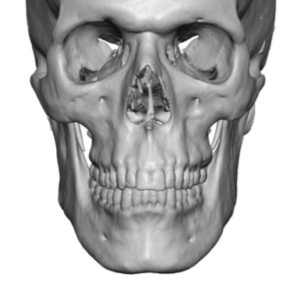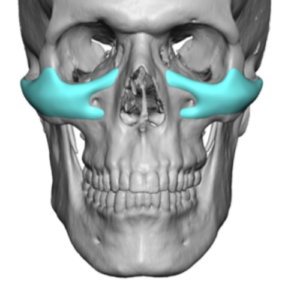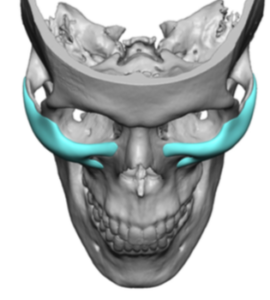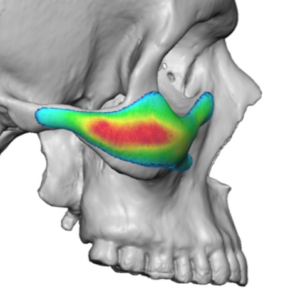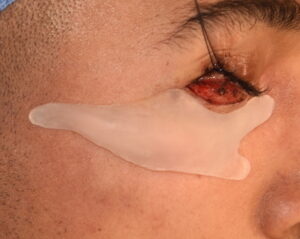Background: Facial implants are a common method used for permanent aesthetic augmentation. But the concept to grasp about their use is that is a reason that are available as off-the-shelf preformed implants….they are made for modest aesthetic concerns that can be improved by a single ‘spot’ augmentation. This is the role that standard cheek and chin implants, the most commonly used facial implants, perform in aesthetic surgery.
But when it comes to larger facial skeletal deficiencies, those have a more complex topography to them, an overall regional skeletal developmental hypoplasia, or when facial asymmetries exist, standard facial implants rarely provide an adequate result. This is were the role of custom facial implants offers superior because they fundamentally cover large surface areas of the involved bones which is really where the problem lies. It is a misconception that custom facial implants are bigger in size in terms of thickness, which may occasionally be true, but what they definitely are is bigger in bony surface area coverage.
This concept applies to the very common aesthetic orbitomalar deficiency. Usually associated with undereye hollows, the infraorbital rim is under developed in both height and projection. This extends around the corner of the cheek which has flatness and an inward rotation to the zygomatic body. It is important to recognize that it involves the zygomatic-orbital bone complex as an overall skeletal hypoplasia.
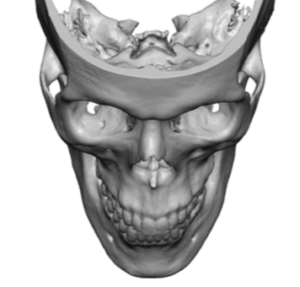
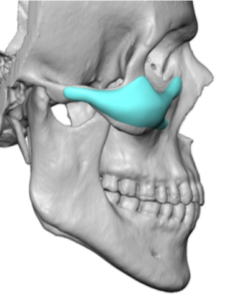
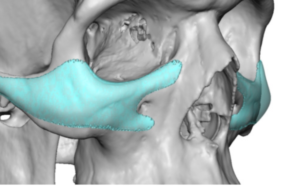
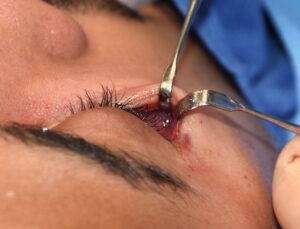
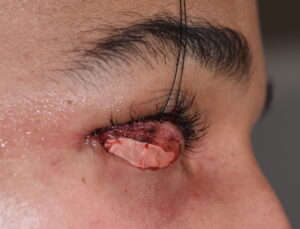
The scope of an aesthetic orbitomalar deficiency requires a custom implant approach in most cases. It is the only implant approach that cover the long horizontal line of bone augmentation that is needed. Associated with this bony deficiency is a lower eyelid roundness/sag particularly in the outer half of the lid. Since an eyelid incision is needed, the lower lid can be simultaneously leveled out with a combination of a lateral canthoplasty and a middle lamellar space graft.
Case Highlights:
1) Men who request correction of undereye hollows often have an associated narrow cheek width as well due to orbitomalar skeletal hypoplasia.
2) The custom infraorbital-malar implant creates a natural line of horizontal augmentation across the infraorbital rim out onto the zygomatic arch.
3) The long linear line of augmentation of a custom infraorbital-malar implant is best placed through a lower eyelid incision.
Dr. Barry Eppley
Indianapolis, Indiana



